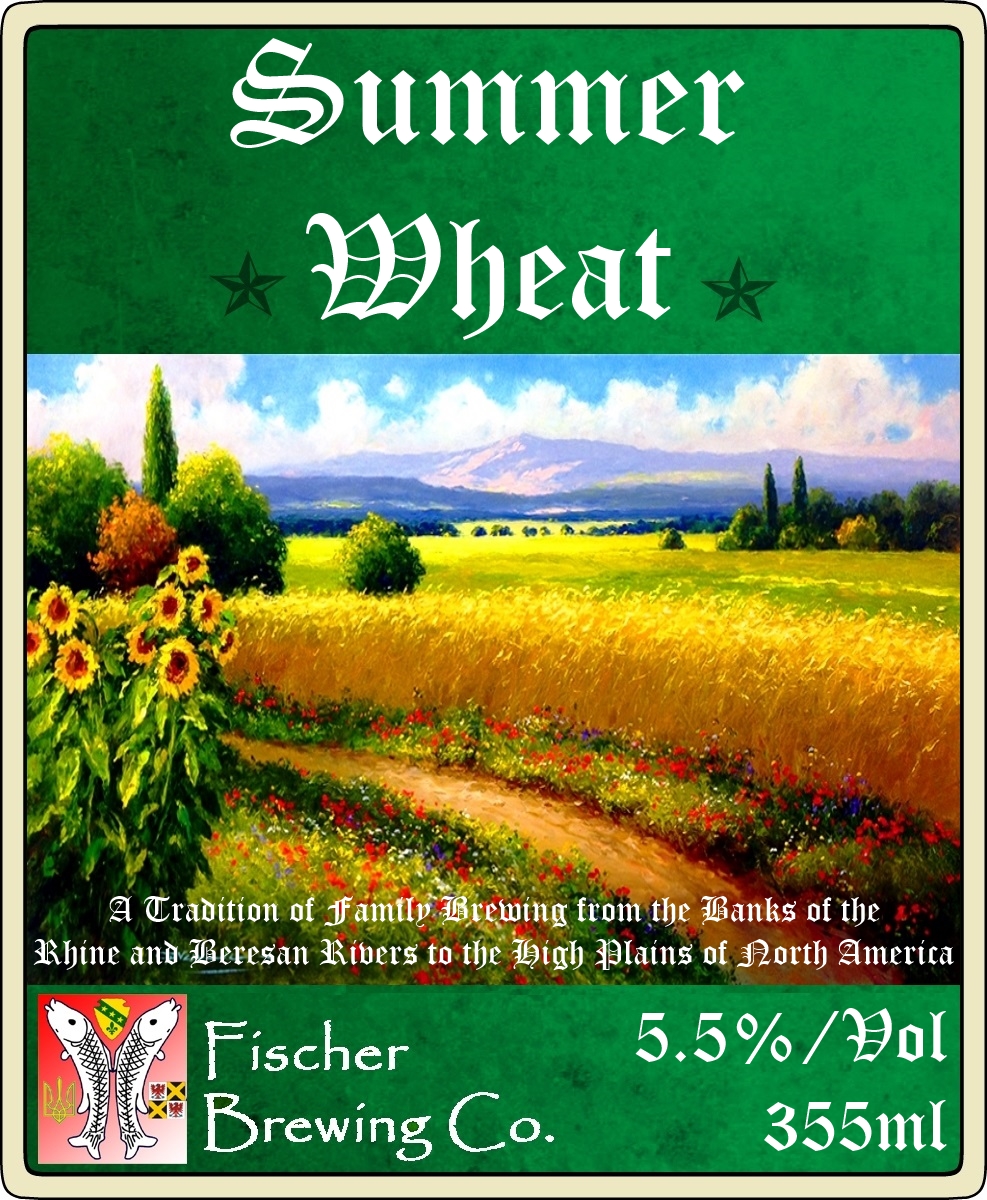TasunkaWitko
Well-Known Member
Today, I brewed a 1-gallon batch of Summer Wheat, from Brooklyn Brew Shop. As with all of my "Tips and Advice" threads, this will be a running account of the experience and the things that I learn during the process.
As usual, I'll start with the particulars:
Informational link: http://brooklynbrewshop.com/beer-making-mixes/summer-wheat-beer-mix
Instructions: http://brooklynbrewshop.com/directions/Brooklyn Brew Shop - Summer Wheat Instructions.pdf
Awesome, must-see video: [ame]https://vimeo.com/40614450[/ame]
This is Brooklyn Brew Shop's go-to wheat beer, made with American wheat and brewed with Styrian Golding hops. Brooklyn Brew Shop describes it as a light, crisp and slightly spicy ale that promises a refreshing taste of summer any time of the year. After brewing this mix and encountering the aromas of the grains and hops, I am inclined to agree.
This brew went well without any complications, following the instructions above and referring to BBS's "How to Brew" video:
[ame]https://vimeo.com/11354805[/ame]
The wort is tucked away in my closet, with a space heater keeping temperatures in the optimum zone, and with luck, the fermentation and bottling will go off without a hitch. One thing that I did differently during the mash was to keep the lid on my pot (an enameled, cast-iron Dutch oven); this was a big help in keeping temperatures steady and constant, and I had little trouble staying with in the desired temperature range of 144-152 degrees.
One interesting aspect about this variety is that it lends itself extremely well to experimentation. BBS offers 7 suggestions here:
http://brooklynbrewshop.com/themash/summer-wheat-seven-ways/
Each of them looks interesting, and of course, one could try a limitless number of other ideas; however, for this first time making Summer Wheat, I kept it simple and simply brewed it "by the book."
I'll update the thread as the progress continues, and will try to design a label this week, as well. If anyone has any experience with this particular recipe, or has been considering giving it a try, please feel free to follow along and post comments, feedback or other replies any time.
Ron
As usual, I'll start with the particulars:
Informational link: http://brooklynbrewshop.com/beer-making-mixes/summer-wheat-beer-mix
Instructions: http://brooklynbrewshop.com/directions/Brooklyn Brew Shop - Summer Wheat Instructions.pdf
Awesome, must-see video: [ame]https://vimeo.com/40614450[/ame]
This is Brooklyn Brew Shop's go-to wheat beer, made with American wheat and brewed with Styrian Golding hops. Brooklyn Brew Shop describes it as a light, crisp and slightly spicy ale that promises a refreshing taste of summer any time of the year. After brewing this mix and encountering the aromas of the grains and hops, I am inclined to agree.
This brew went well without any complications, following the instructions above and referring to BBS's "How to Brew" video:
[ame]https://vimeo.com/11354805[/ame]
The wort is tucked away in my closet, with a space heater keeping temperatures in the optimum zone, and with luck, the fermentation and bottling will go off without a hitch. One thing that I did differently during the mash was to keep the lid on my pot (an enameled, cast-iron Dutch oven); this was a big help in keeping temperatures steady and constant, and I had little trouble staying with in the desired temperature range of 144-152 degrees.
One interesting aspect about this variety is that it lends itself extremely well to experimentation. BBS offers 7 suggestions here:
http://brooklynbrewshop.com/themash/summer-wheat-seven-ways/
Each of them looks interesting, and of course, one could try a limitless number of other ideas; however, for this first time making Summer Wheat, I kept it simple and simply brewed it "by the book."
I'll update the thread as the progress continues, and will try to design a label this week, as well. If anyone has any experience with this particular recipe, or has been considering giving it a try, please feel free to follow along and post comments, feedback or other replies any time.
Ron





































![Craft A Brew - Safale S-04 Dry Yeast - Fermentis - English Ale Dry Yeast - For English and American Ales and Hard Apple Ciders - Ingredients for Home Brewing - Beer Making Supplies - [1 Pack]](https://m.media-amazon.com/images/I/41fVGNh6JfL._SL500_.jpg)





















